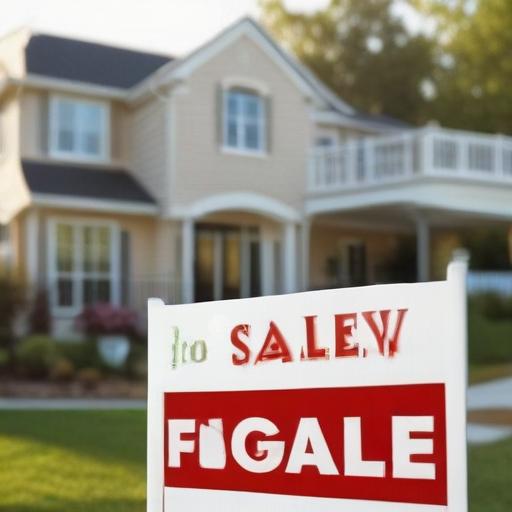As many potential homebuyers continue to navigate a challenging housing market, they are grappling with whether to wait for better mortgage rates. With current rates hovering near 7%, home sales have reached their slowest pace in 16 years, leaving both buyers and sellers hesitant.
According to a recent survey by the National Association of Realtors, a drop in mortgage rates to around 6% could make homeownership possible for an additional 5.5 million households, including 1.6 million renters. NAR forecasters believe that rates could reach this favorable level by 2026, though mortgage rates haven’t dipped below 6% in nearly three years.
This situation has led to what’s being termed a “lock-in” effect, where existing homeowners, who secured low rates during the pandemic, are reluctant to move. Bankrate housing market analyst Jeff Ostrowski noted that while many reminisce about the “good old days” of 3% rates, these were skewed by a troubled economy.
A Bankrate survey found that 40% of homeowners would consider buying only if rates fell to 6% or below. Moreover, over half of the surveyed individuals claimed there isn’t a comfortable rate at which they would sell and purchase another home this year.
Ostrowski advises prospective buyers to act when they can afford it and to consider personal financial readiness. He emphasized that waiting could have its drawbacks. A significant decrease in rates might ignite buyer interest, leading to a surge in prices that could negate the benefits of waiting.
It’s crucial for buyers to evaluate their options when securing a mortgage. Ostrowski recommends comparing at least three lenders and their offers, pointing out that differences in rates and fees can lead to substantial savings over the life of a loan.
In this evolving market, buyers may find more flexibility than in the past, signaling that it could be a suitable time to make a move. The key lies in understanding one’s own financial situation and utilizing available resources to make informed decisions.
